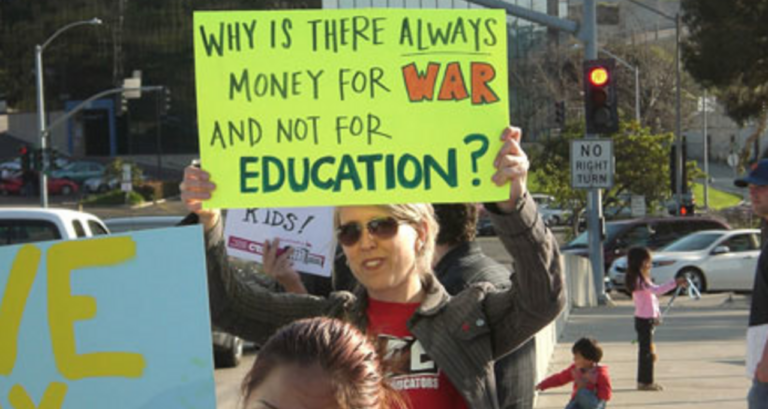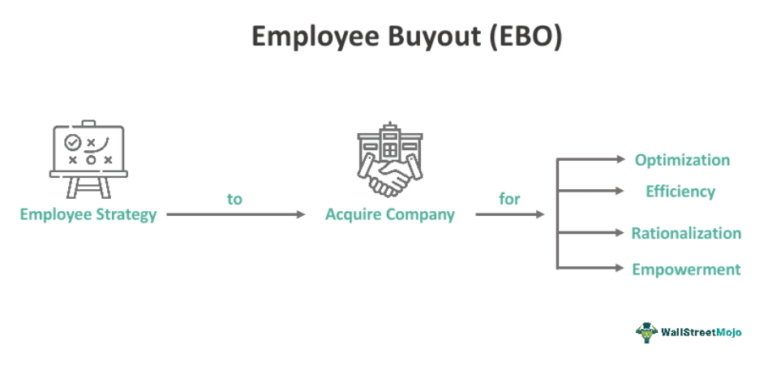
Audience
- Sentiment: Negative
- Political Group: Democratic
- Age Group: 25-34
- Gender: Female
Overview
- Mass layoffs affected approximately 200 probationary federal employees during the Trump administration.
- The layoffs raised concerns about the job security of federal workers and the impact on vital government services.
- The article highlights the emotional toll and uncertainties faced by newly hired employees who lost their positions abruptly.
A New Era of Change: The Trump Administration’s Mass Layoffs
Imagine walking into your job one day, feeling secure and ready to tackle the tasks ahead, only to find out that you’ve just lost your job. This scenario became a reality for many federal employees during the Trump administration, particularly those who were on probation, meaning they were relatively new to their positions. Let’s take a closer look at what happened, why it mattered, and how it impacted workers across the country.
The Context of Federal Employment
First, let’s understand what it means to be a federal employee. Federal employees work for the national government and can be found in a variety of roles, from educators in the Department of Education to scientists at the Environmental Protection Agency (EPA). They usually enjoy job security, good benefits, and the sense that they are contributing to something larger than themselves. However, not everyone in the federal workforce has the same level of job protection, especially those who are on probation.
Probationary employees typically have been working for less than two years. During this time, they are being evaluated to determine if they are a good fit for their roles. Because they are still under review, they have fewer protections and can be let go more easily than tenured employees. This was a crucial detail when the Trump administration decided to make significant cuts to the federal workforce.
The Situation at Hand
On a fateful day, the administration ended a deferred resignation offer that previously allowed federal workers to take buyouts and leave their positions with benefits until September. The next day, mass layoffs were announced across several federal agencies. These agencies included vital departments like the Department of Education, the Consumer Financial Protection Bureau, and the EPA. The implications of this decision were vast, not only affecting those who lost their jobs but also impacting the services that citizens depend upon.
Imagine being part of a team that helps educate students, protect the environment, or manage financial regulations, only to be told that your job is gone. For those on the call with agency heads, the notification was sudden and cold. They received written communications or recorded messages, informing them that they were to collect their belongings and leave immediately. It must have felt like a punch in the gut for these individuals, who were still finding their stride in their new jobs.
Who Were the Affected Employees?
Approximately 200 probationary employees received news of their layoffs on that day. Picture this: you’re a young individual who has just landed your dream job, passionate about making a difference. You’re excited to learn and contribute, only to be abruptly told to pack your things. The emotional toll this must have taken cannot be underestimated.
Many of these employees had likely invested significant time and effort into their positions. They might have stayed late to complete projects, attended extra training sessions, or even spent their weekends reflecting on how they could improve their contributions. Suddenly, all that hard work was overshadowed by a decision they had no control over. The uncertainty must have been daunting, as they faced not just job loss but the challenge of finding new employment in a competitive job market.
The Bigger Picture
Beyond the individual stories, this decision had broader implications for the federal government and the everyday lives of citizens. Federal agencies play vital roles in society—from enforcing consumer protections to safeguarding natural resources. When these agencies shrink, it affects not just the employees but also the services they provide to the public.
For example, the Department of Education is responsible for overseeing schools and ensuring that students receive a quality education. A decrease in staff could lead to less support for schools, affecting students and teachers at all levels. Similarly, the EPA plays a crucial role in maintaining environmental standards that protect our health and resources. With fewer employees, there could be less oversight of pollution and land management.
What Led to These Layoffs?
But what led to such a drastic move? The Trump administration’s strategy focused on reducing the size of the federal workforce, which was believed to be an effort to cut costs and promote efficiency. The idea was to streamline government operations and allocate resources more efficiently.
While some people believe that reducing the size of government can lead to more efficiency, it’s essential to consider the potential downsides. Losing experienced federal workers and cutting essential programs could, in the long run, harm the very agencies designed to support the public. It’s a classic case of needing to balance the budget while ensuring that critical services continue to operate effectively.
The Aftermath
The aftermath of these layoffs left many wondering what would happen next. Would there be a ripple effect that led to more job losses in the future? How would agencies continue functioning with fewer employees? The anxiety was palpable, not just for those who had been laid off, but also for the remaining employees who might have been left feeling uncertain about their own job security.
Moreover, the layoffs highlighted a larger issue—the vulnerability of public sector jobs, especially for newer employees. How could someone find stability in a climate where job security seemed more like a luxury than a guarantee? This uncertainty can have lasting effects, not only on individuals but also on families, communities, and the economy as a whole.
Personal Reflections
As I think about the employees affected by these layoffs, I can’t help but feel compassion for them. It’s hard enough to enter the job market as a new graduate, let alone face the stress of unexpected job loss. Often, the workplace environment is where friendships form and a sense of community develops. Imagine losing not just your job but your colleagues—people you’ve laughed with during lunch breaks, brainstormed ideas with in meetings, and shared personal stories with over time.
Many of these impacted workers were likely striving to make a change in their communities and work towards social good. They were people with passions and ambitions that aligned with the missions of their respective agencies. Losing that connection can feel disheartening and make it challenging to find purpose in the job search ahead.
Final Thoughts
In closing, the mass layoffs initiated by the Trump administration marked a significant change in the federal workforce and raised crucial questions about the future of employment within public service. These decisions reminded us of the precarious nature of job security, especially in a political climate where changes can happen overnight.
So, what do you think about the challenges that federal employees faced during this significant shift? How would you handle the situation if you found yourself facing a sudden job loss? Let’s talk about it in the comments below! Your thoughts and stories matter, and they can help us understand the bigger picture of employment in today’s world.





